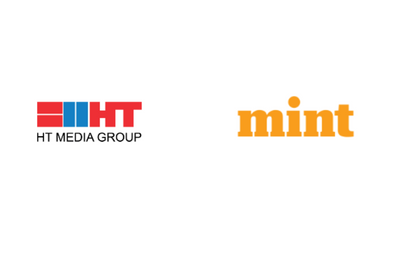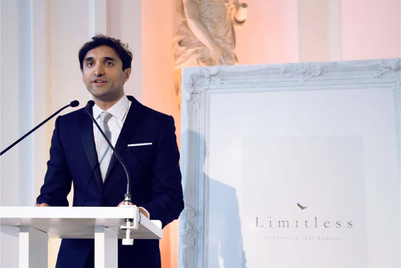
HT Media, the publisher of Mint and the Hindustan Times, maintained third-quarter profit at last year’s levels amid an increase innewsprint prices and employee costs. Meanwhile India’s largest read publishing houses are bleeding. It throws up the old credo: business doesn’t always succeed in media; but will media succeed in business; especially in 2012?
2011 generated a lot of talk about an increased buyout buzz, as larger companies sought to consolidate by procuring smaller players at low prices in order to help bolster their strategy.
For example, there was (still is) a buzz about Mukesh Ambani’s RIL which had bought into the Eanadu group through entities owned by JM Financial. This means, RIL is seeking to offer Eanadu to be part of the Network 18 bouquet.
More recently, there was talk of Bennett Coleman and Sahara picking up a majority stake in Nimbus Communications.
The talk among analysts and trade press is that the major media networks, many of which are now seeing much lower-than-usual values, are pursuing new large and complicated media and technology businesses – an area they previously tried to avoid.
And so, cash in the market is chasing big marquee deals. Almost every business house has a stake in media.
Mukesh Ambani’s stake in the Eenadu group (through an investment in Ushodaya Enterprises). Then there is: Sameer Gehlauth, the co-founder of Indiabulls who owns 12.7% in BAG Films & Media. While Abhay Oswal of Oswal Green Tech invested through the FII route which has a 14.2% stake in NDTV.
Anil Ambani’s Reliance Capital has a 3% stake in the TV Today Network (down from 14%, 24 months ago).
Subhash Chandra and Essel group are promoters of the English daily, DNA and Zee TV. While the Marans still maintain top position with Sun TV and FM radio and the Tamil dailies Dinakaran and Murasau.
The list cannot be complete without the Rahejas in the Outlook group; the Goenkas in Open magazine. Plus there are Pawars, Dardas, the Singhanias and the Thapars.
The big news in mid-2011 was the global private equity giant Blackstone Group investing Rs 225 crore in the Jagran Media Network Investment, the publishing arm and publisher of India’s most circulated newspaper, Dainik Jagran.
MNC players are expected to gain in traction. Rupert Murdoch’s News Corp-Star India drives India’s most popular broadcast network. The group is seeking to maximise its channel-value for its viewers. Likewise Sony which is holding its position among Hindi GECs.
Then there are the big deals akin to what we saw in the USA with Time Warner, which had a market capitalisation of $81.78 billion. There was a huge hue and cry with market equity’s historic practice of seeking deals with undervalued deals. Today, Time Warner is strengthening its audience base in India through its Hindi GEC and niche channels.
Walt Disney is proposing an acquisition of UTV Software Communications. This means it will have access to UTV’s pan-India interests in content development as well as gaming.
Corporates and bankers are looking to put the money to work quickly. The concern is: weak cash flows and complex business plans. Will media networks be able to over-ride them?
More importantly, will institutional investors continue to pour money into the 650 TV channels, 2000 publications and 30 FM radio stations, which are routinely producing accumulated losses?
Or lower returns than it has been in the last few years.
We return with an update, after a short break …


.jpg&h=334&w=500&q=100&v=20250320&c=1)
.jpg&h=334&w=500&q=100&v=20250320&c=1)

.jpg&h=334&w=500&q=100&v=20250320&c=1)


.jpg&h=334&w=500&q=100&v=20250320&c=1)
.jpg&h=334&w=500&q=100&v=20250320&c=1)








.jpg&h=268&w=401&q=100&v=20250320&c=1)
.jpg&h=268&w=401&q=100&v=20250320&c=1)
